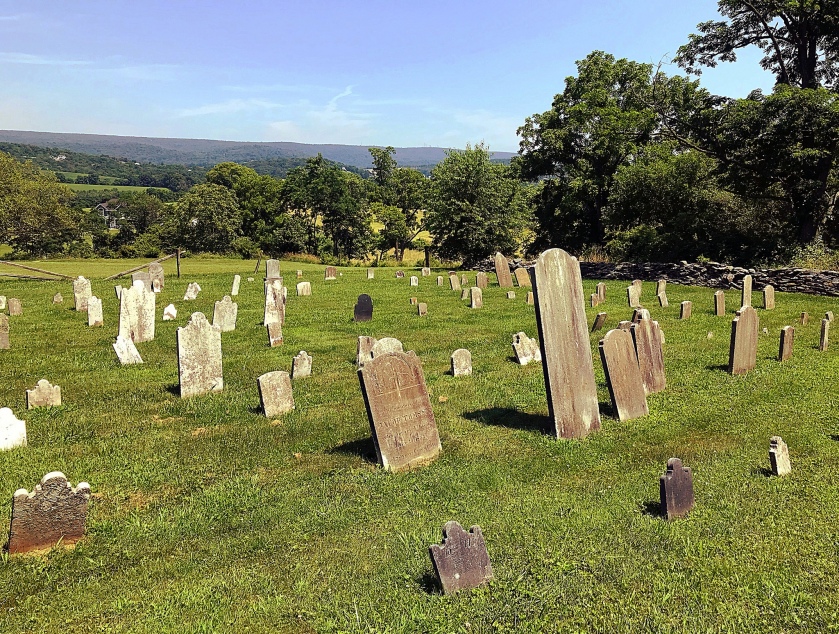
On 5 October, 1722, in Ziefen, Canton of Basil-Land, Switzerland, a healthy male infant was born and christened Peter Recher. Either before his birth or slightly thereafter, his Anabaptist father, Martin Recher IV (1692-1760), was exiled from the canton. This was probably at the declaration of the Anabaptist Bureau, which was, in 1699, created to capture and banish members of the then-heretical group now known as Mennonites. Anabaptists believed that a public confession of sin and faith followed by an adult baptism was required and that infant baptisms were meaningless because babies were incapable of choosing baptism freely. Little Peter may not have seen his father until 1730, when Martin was allowed to return from exile in Oberdiessbach, Canton Bern, after his unorthodox beliefs were either pardoned or abandoned.
Martin Recher, and probably also his wife, Elizabeth Rudy (1690-1748), were lacemakers. The desire for lace, ribbons, trim, and bows was strong, but lacemakers often struggled to profit from the detailed, time-consuming craft. The Rechers had a number of children, so providing for them was probably always challenging. However, the family did have a solid home, built in 1610 by an earlier generation. It was more than 110 years old when Peter was born, and now, almost 300 years later, it is still lived in by modern-day Rechers.
Continue reading “In His Own Words: Peter Recher’s Immigration to America”





